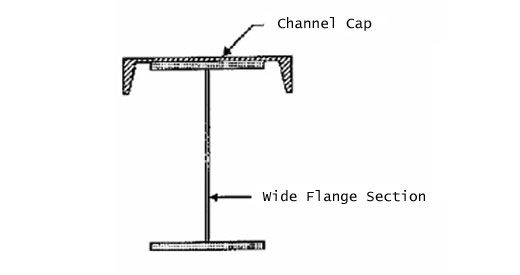Tnewbon57
Structural
- Apr 7, 2015
- 6
Hi all,
I have a unique problem that I have been asked to solve and would appreciate some input from a more experienced group. I have been tasked with strengthening an existing structure made with two 6" X 6" square tubes as vertical posts supporting a 40' long (10 X 30) I beam horizontally, the tricky part is that this structure is holding up 8 heavy punching bags on trolleys. I need to strengthen the I beam without adding anything to the under side of the beam as it would inhibit the trolley. any thoughts would be greatly appropriated, thank you.
I have a unique problem that I have been asked to solve and would appreciate some input from a more experienced group. I have been tasked with strengthening an existing structure made with two 6" X 6" square tubes as vertical posts supporting a 40' long (10 X 30) I beam horizontally, the tricky part is that this structure is holding up 8 heavy punching bags on trolleys. I need to strengthen the I beam without adding anything to the under side of the beam as it would inhibit the trolley. any thoughts would be greatly appropriated, thank you.


![[idea] [idea] [idea]](/data/assets/smilies/idea.gif)
![[r2d2] [r2d2] [r2d2]](/data/assets/smilies/r2d2.gif)